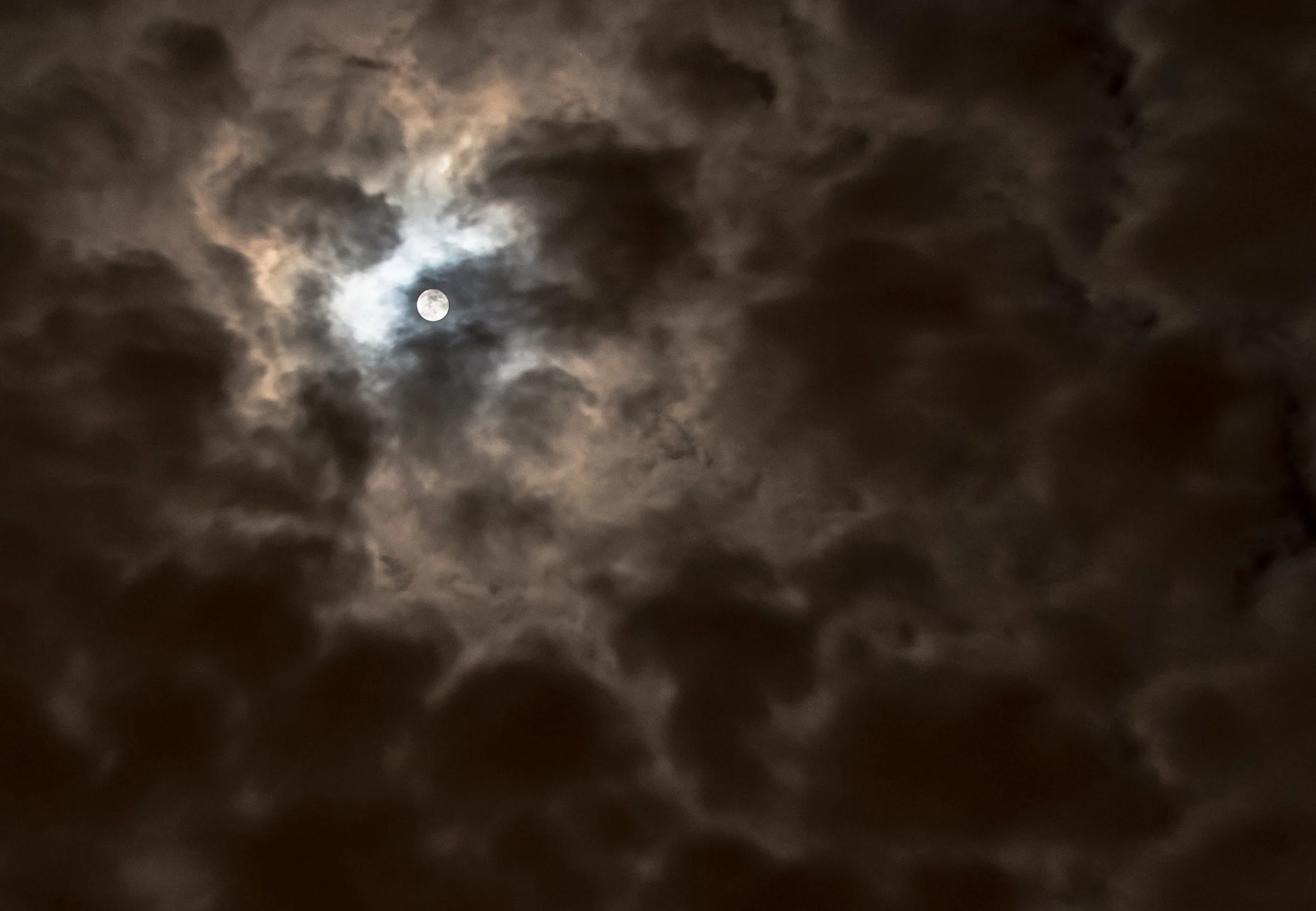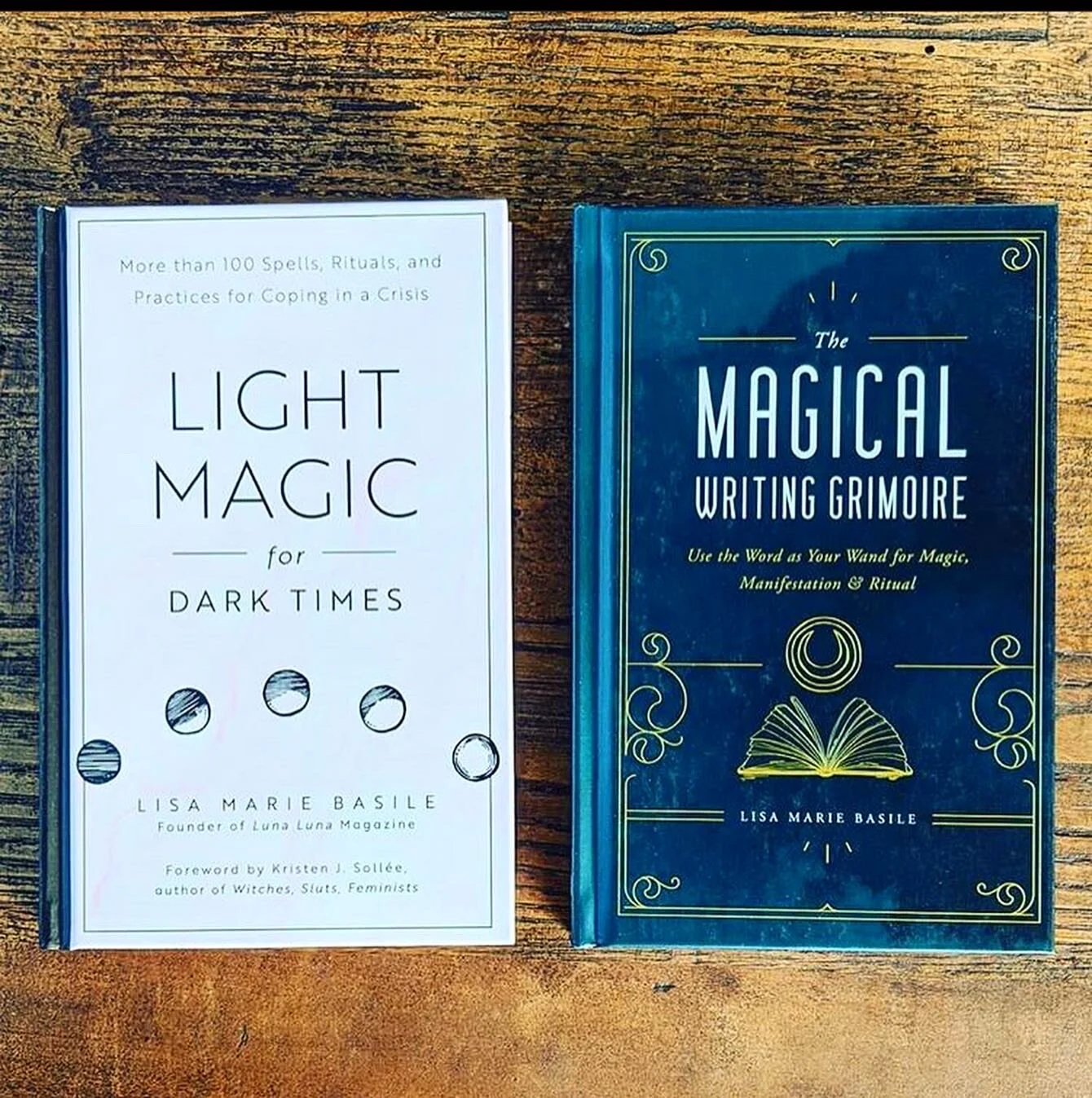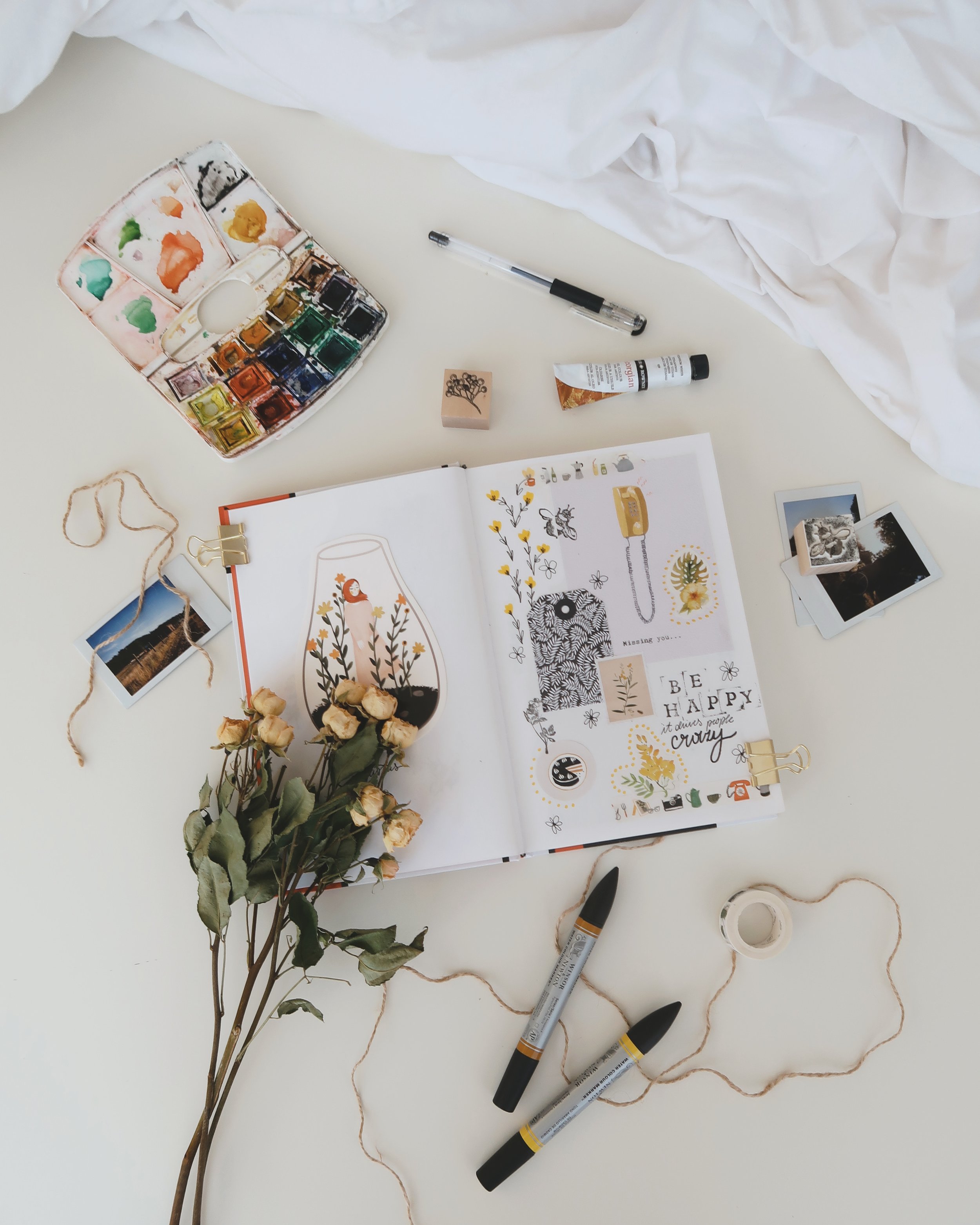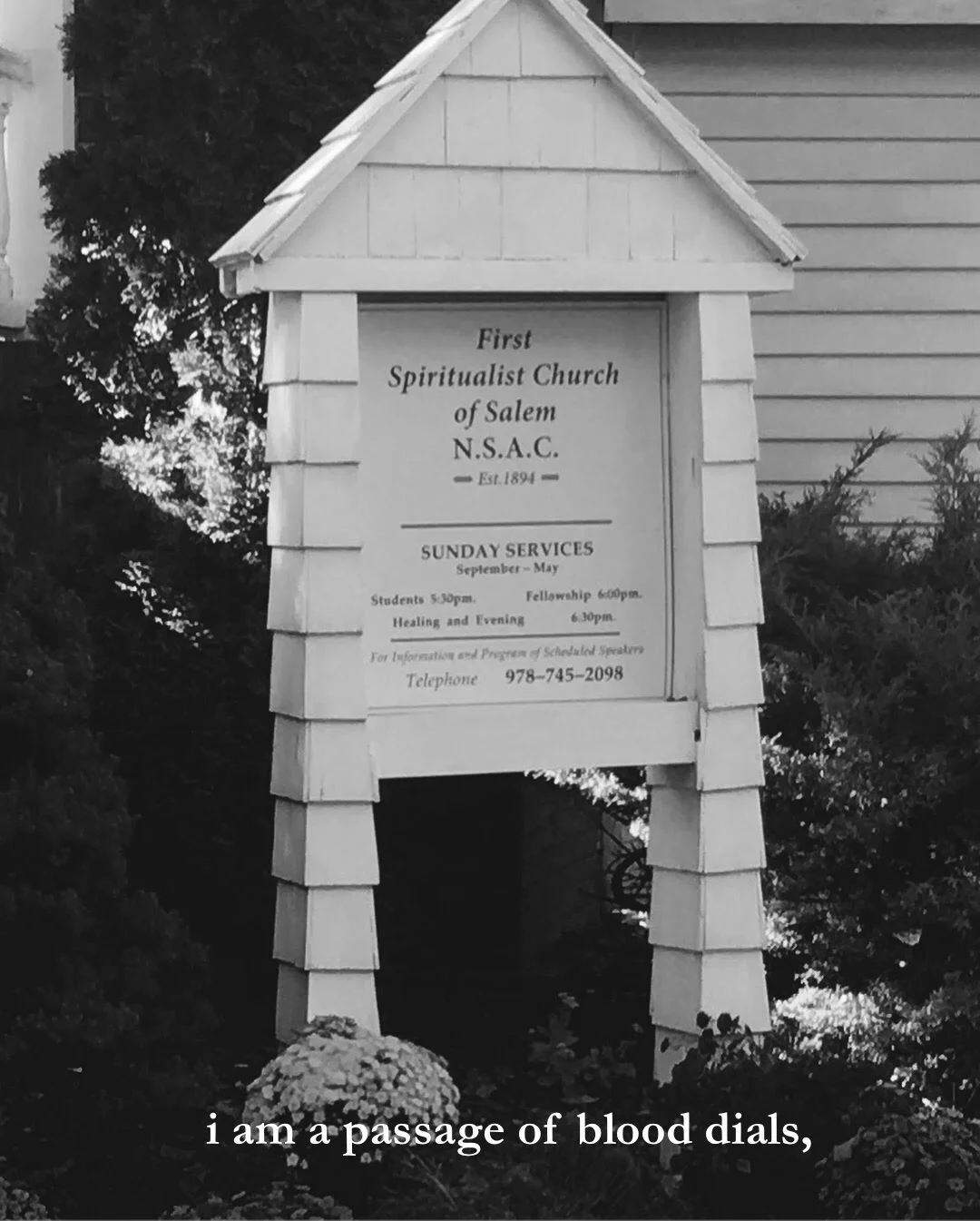Two years in a row, I’ve gone to Salem around Halloween. Not exactly on the weekend that the holiday falls, but sometime when it’s nearing in October. What was on my mind while I was there was this: is Salem a good place for those who are genuinely interested in witchcraft and the occult, in the way that they are practiced today, to visit? Or is it simply a tourist city, filled with too many black cat mugs and cheesy professional witch photography?
As someone who actually did Salem Vintage Photos with my girlfriend’s family during one of my two Salem visits this year, I can say this: there’s a fair amount of both hokey and legitimate to be found in Salem, and it all depends on what you’re looking for.
Salem capitalizes on its reputation to foster tourism, and I can’t blame them. It probably brings in enough revenue just in the fall to profit the local economy year-round. If you’re into cheesy, spooky tourism, there’s plenty to be found in the area, from the Harry Potter themed store selling Butterbeer and wands to the hokey haunted houses to the vintage white dress-up photos, it’s a prime destination for kids with families who just want to gawk. To be fair, the witch photos are a great way to get a laugh out of everyone involved, even if they’re super cheesy, with poses on broomsticks while a fan blows your hair out of your face.
The slightly-less-hokey tours are one way to connect past and present. It depends on the tour, since there are quite a few, but many of them seamlessly blend the history in a way that is factual and pays tribute to the people who were tortured and killed during the trials. The Bewitched After Dark Walking Tours, Salem Witch Walk, and Candlelit Tours are known for being detailed and informative.
There’s also plenty to see if you’re interested in learning more about modern witchcraft and the occult. Magic Parlor has a lot of gags and jokes, but there are items like candles, herbs, incense, and oils in the back of the shop. It’s also less expensive than a lot of other frequently visited tourist stores. Pyramid Books offers psychic readings, stones, candles, jewelry, and everything ranging from Wicca to Reiki. Artemisia Botanicals is an apothecary filled with over 400 herbs, 100 teas, and more magick. Crow Haven Corner is said to be Salem’s first witch shop, and hosts classes in addition to readings with Tarot, palms, and mediumship. My friends and I found that it matched its quality items, such as smudge sticks and hand-mixed spells, with its tourist items.
I also attended a psychic reading last year, and a spell casting this year. The psychic reading had me more skeptical, as a lot of what was said seemed very general and like it could easily apply to anyone. The spell casting was a lot more interesting, and was held by a woman who said she’s a practicing witch. She left us by saying “Blessed be,” to everyone, and we cast powerful, positive spells under all the elements and with the power of the spirits. I felt a palpable energy in the room as we all chanted, “So mote it be!” as we held our spells in between the palms of our hands.
A few weeks later, I buried the knotted string, the source of my spell and positive energy, into the ground at the base of a beautiful tree in a Boston park. I spoke my desires aloud as I buried it, because giving voice to your spells is said to make them more powerful. Everything that I cast was in hopes of a brighter future for the people I love, so even if a lot about Salem has the potential to be cheesy, I feel this is one experience that I really want to believe in.
I’m giving my spell a chance to settle its roots and grow.







































